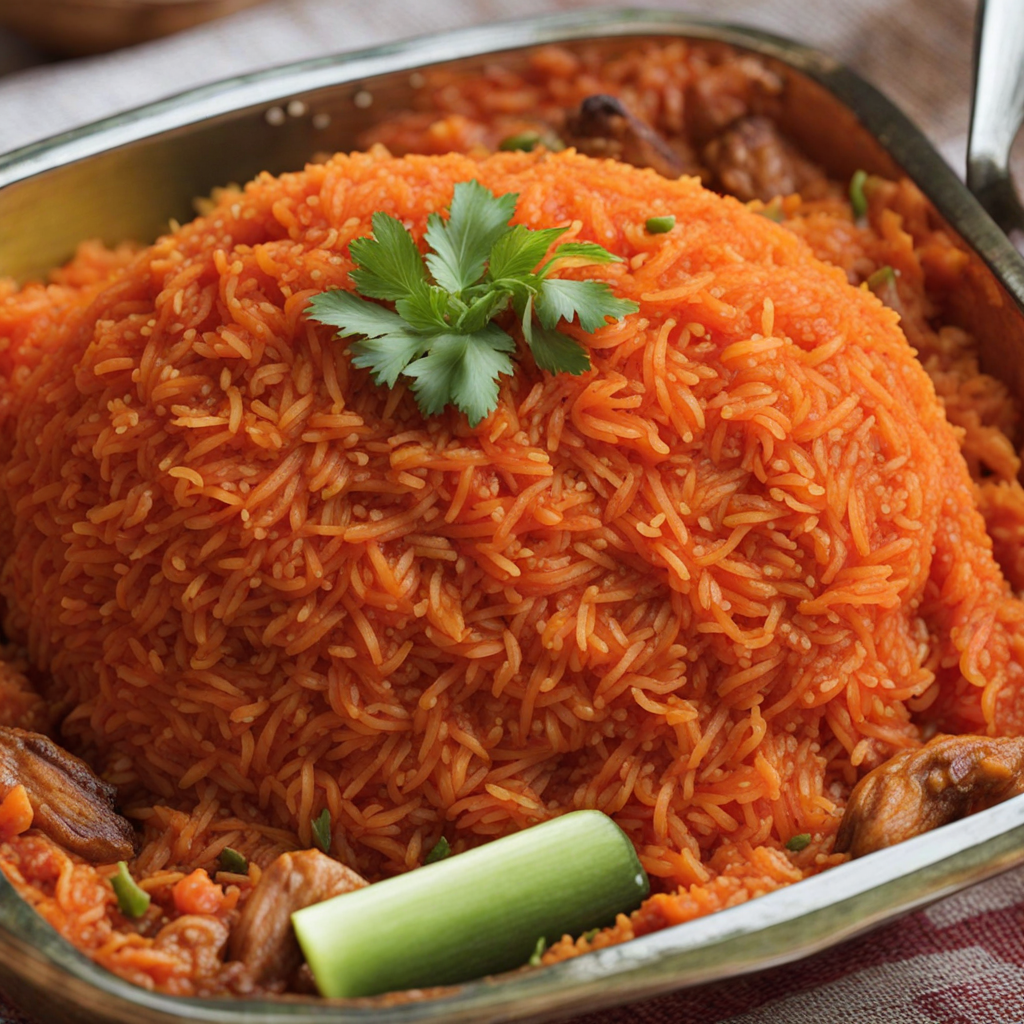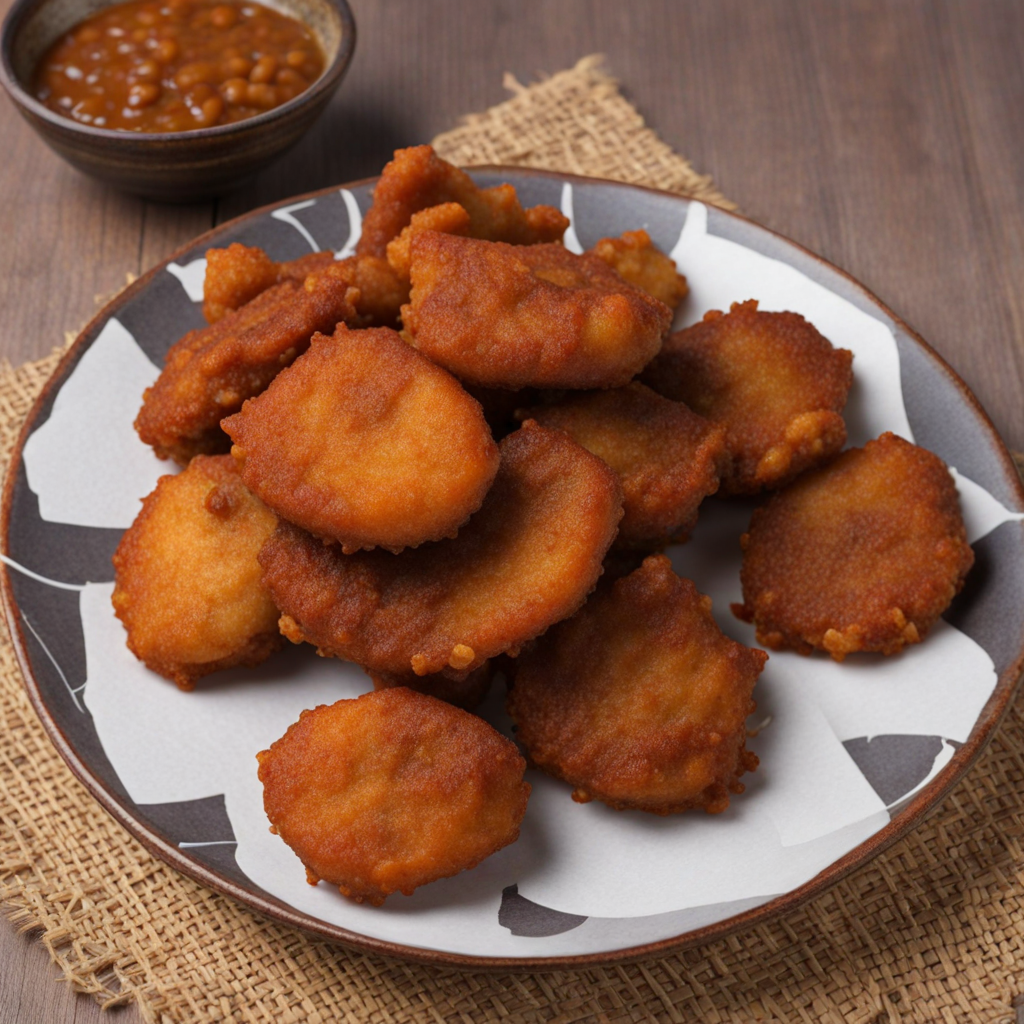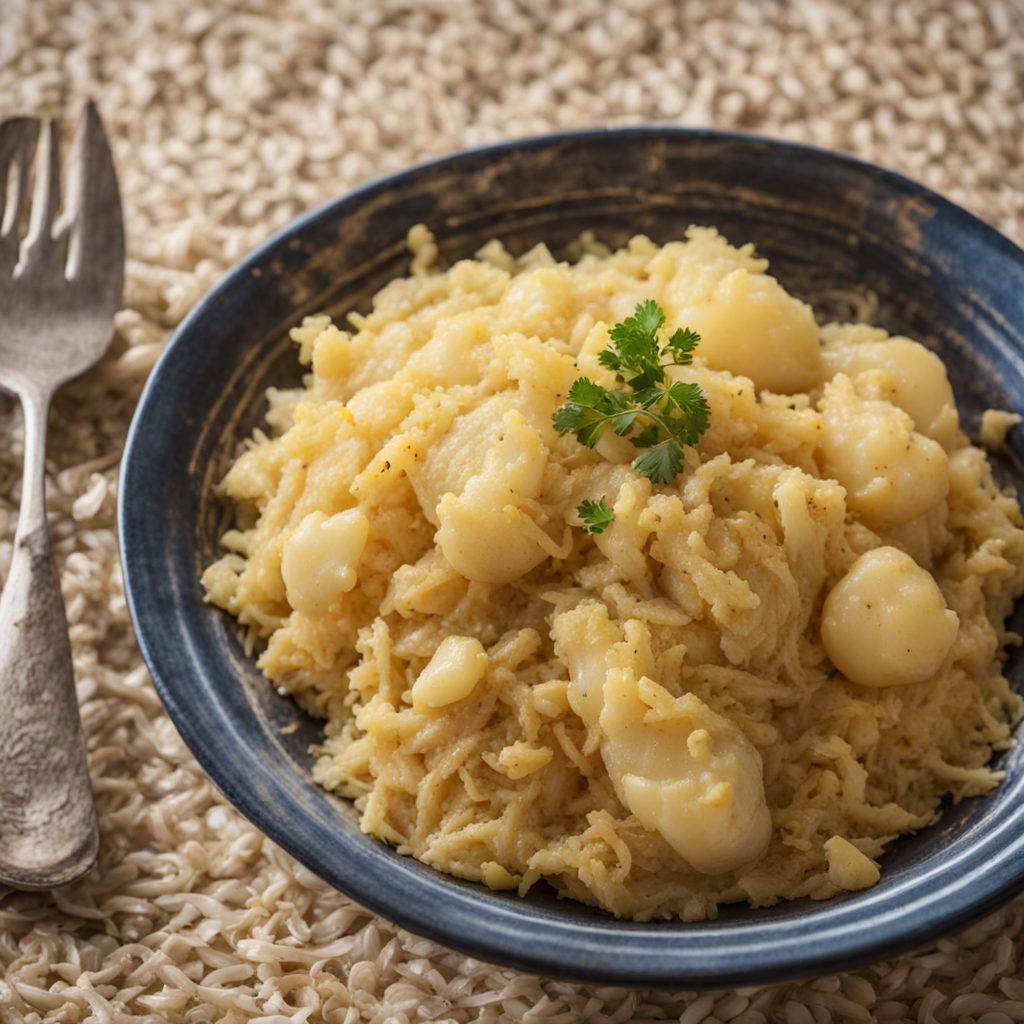Mango Mousse
Mango Mousse is a delightful and creamy dessert that captures the vibrant essence of ripe mangoes, a fruit cherished in Guinea-Bissau for its sweetness and tropical flavor. This airy dessert is created by blending fresh mango pulp with whipped cream, sugar, and a hint of lime to elevate the natural flavors. The result is a smooth and velvety texture that melts in your mouth, making it an irresistible treat for mango lovers and dessert enthusiasts alike. The vivid orange hue of the mousse is visually appealing, reflecting the bright and sunny environment of its tropical origins. The preparation of Mango Mousse is relatively simple, making it accessible for home cooks. It typically involves pureeing fresh mangoes until smooth, then gently folding in whipped cream that has been sweetened to perfection. The addition of lime juice not only enhances the flavor but also provides a refreshing contrast to the richness of the cream. Some recipes even incorporate gelatin to help the mousse set, creating a firmer texture that adds to the overall experience of this luscious dessert. Serving Mango Mousse is an occasion in itself, often garnished with fresh mango slices, mint leaves, or a drizzle of passion fruit sauce. It is commonly presented in elegant glassware to showcase its beautiful color and creamy consistency. This dessert is not just a treat for the taste buds; it embodies the spirit of Guinea-Bissau’s culinary culture, celebrating local ingredients and the joy of sharing delightful moments with friends and family. Whether enjoyed after a hearty meal or as a refreshing snack on a warm day, Mango Mousse is a wonderful way to explore the tropical flavors of West Africa.
How It Became This Dish
Mousse de Manga: A Culinary Journey Through Guinea-Bissau #### Origins and Historical Context Mousse de Manga, a delightful mango mousse, hails from the vibrant and diverse culinary landscape of Guinea-Bissau, a small West African nation known for its rich history and cultural tapestry. The origins of this delectable dessert are intertwined with the region's agricultural practices and the prominence of mangoes in local diets. Mangoes, believed to have been cultivated in South Asia for over 4,000 years, found their way to West Africa through trade routes and colonial endeavors. In Guinea-Bissau, mangoes thrive in the tropical climate, becoming a staple fruit and a symbol of abundance during the mango season, which typically runs from December to April. The country's rich soil and favorable weather conditions allow for the cultivation of numerous varieties of mangoes, each contributing unique flavors and textures to the culinary repertoire. The fruit is not only a source of nutrition but also plays a significant role in social gatherings, celebrations, and everyday life, making its way into various dishes, desserts, and drinks. #### Cultural Significance Mousse de Manga is more than just a dessert; it embodies the spirit of community and tradition in Guinea-Bissau. The preparation of this mousse often brings families and friends together, showcasing shared culinary practices passed down through generations. During festive occasions, such as weddings, birthdays, and national celebrations, Mousse de Manga often takes center stage, representing joy and hospitality. In many West African cultures, food serves as a means of connection and communication. The act of preparing and sharing meals fosters bonds within families and communities, creating a sense of belonging. Mousse de Manga is often enjoyed after a communal meal, acting as a sweet finale that reflects the region's vibrant flavors and culinary creativity. Its bright color and luscious texture symbolize the richness of life in Guinea-Bissau, where food is not merely sustenance but a celebration of nature's bounty. #### Ingredients and Preparation The preparation of Mousse de Manga is relatively simple, yet it allows for creativity and personal touches. The key ingredient, mango, is typically ripe and juicy, providing the base for the mousse. Other common ingredients include sugar, eggs, cream, and sometimes a hint of lemon or orange for added zest. The choice of ingredients reflects the agricultural abundance of the region, with local mango varieties being favored for their sweetness and flavor. To prepare the mousse, the mango flesh is blended into a smooth puree. The eggs are separated, and the egg whites are whipped until they form soft peaks, creating a light and airy texture. The whipped cream is also folded into the mango puree, incorporating air and creating a fluffy consistency. The combination of these elements results in a dessert that is both refreshing and indulgent, embodying the essence of tropical flavors. #### Evolution Over Time As Guinea-Bissau navigated its colonial past and the challenges of independence in the 1970s, its culinary traditions, including Mousse de Manga, began to evolve. The influence of Portuguese colonialism introduced new techniques and ingredients, which blended with local practices to create a unique gastronomic identity. The incorporation of cream and eggs into traditional mango preparations is one such adaptation, reflecting the fusion of cultures that characterizes the country's food landscape. In contemporary Guinea-Bissau, Mousse de Manga has gained recognition beyond its borders. As the diaspora flourishes and the global interest in African cuisines grows, this dessert has found its way onto international menus, celebrated for its tropical flavors and light texture. Chefs and food enthusiasts often experiment with variations, adding spices, herbs, or even alternative sweeteners, while still honoring the traditional roots of the dish. Moreover, the rise of sustainable and organic farming practices has encouraged more people in Guinea-Bissau to cultivate their mango trees, ensuring the continued availability of this cherished fruit. As the global demand for exotic flavors increases, Mousse de Manga not only serves as a delicious dessert but also as a vehicle for promoting local agriculture and sustainable practices. #### Culinary Festivals and Contemporary Trends In recent years, culinary festivals celebrating Guinea-Bissau's rich food heritage have emerged, providing a platform for Mousse de Manga and other traditional dishes. These festivals not only highlight the country's diverse flavors but also emphasize the importance of preserving culinary traditions in a rapidly changing world. Local chefs take pride in showcasing their interpretations of Mousse de Manga, often incorporating local ingredients and modern techniques while maintaining the essence of the original recipe. Social media has further propelled the popularity of Mousse de Manga, with food bloggers and enthusiasts sharing visually appealing images and recipes online. This digital age has allowed for a broader appreciation of Guinea-Bissau's culinary offerings, inviting people from various backgrounds to explore and enjoy the flavors of West Africa. The mousse's vibrant color and elegant presentation make it a favorite for food photography, further enhancing its appeal. #### Conclusion Mousse de Manga stands as a testament to Guinea-Bissau's rich cultural heritage, agricultural abundance, and evolving culinary landscape. From its humble origins as a seasonal treat to its recognition on the global stage, this mango mousse reflects the resilience and creativity of the people of Guinea-Bissau. It is not just a dessert; it is a celebration of life, community, and the natural beauty of the land. As the world continues to embrace diverse culinary traditions, Mousse de Manga serves as a delicious reminder of the power of food to bring people together, tell stories, and preserve cultural identities. In this ever-evolving culinary journey, Mousse de Manga remains a cherished emblem of Guinea-Bissau, inviting everyone to savor the flavors of this vibrant nation.
You may like
Discover local flavors from Guinea-bissau







